by Christopher Miskimon
During the highly destructive Battle of Aschaffenburg, American soldiers reported seeing civilians fighting alongside German troops. Such reports were common during the battle, as were a number of reports of Germans troops shooting their own civilians as they tried to flee the city. The German commander’s plan of defense for the city certainly made use of those civilians who had not evacuated.
Volkssturm units were present, which may account for some of the reports. These militia troops often had only bits of uniform or a black armband issued to identify them as combatants; in the din and confusion of battle, and armband could easily go unnoticed and a soldier’s feldgrau overcoat might be indistinguishable from a civilian coat covered in the dust of broken masonry and brick.
Eisner’s Eyewitness Account
The fact that some German civilians fought while others were killed by their own countrymen is a certainty, however, borne out by witness accounts. one such witness was Rifleman Harry Eisner of the 157th Regiment, who wrote of his experiences iwth German civilians during the fight. Though lacking details of exact times and places, eh nevertheless vividly describes what he saw.
Moving forward with his fellow soldiers, Eisner saw a group of civilians standing on a train overpass; they smiled at the Americans, who smiled and waved back. Soon afterward, mortar fire plunged down onto the GIs. The civilians had been spotters. She and his fellow soldiers took cover to endure the barrage, Harry’s fear grew even more intense; only 50 yards away lay an unexploded aerial bomb. Two of his friends were wounded.
[text_ad use_post=”453″]
Not long afterward, Eisner saw another group of about 100 civilians come over a hill, walking away from the town. As he watched, German rifle fire began to topple some of the civilians. A few of the Germans broke into a run, but curiously some continued walking as if they were on an afternoon stroll rather than being shot at.
Eisner’s gaze was suddenly drawn to a young girl walking toward him. Her eyes locked with his, and she came straight to him, clutching her arms around her stomach, her expression one of sadness. She reached him and stood there looking up. It was then Eisner noticed she had been shot. A bullet had grazed her across the front, opening her entire stomach. Her folded arms were all that held her organs in her tiny body. Grabbing the girl and holding her flat across his arms, Eisner ran back to a medical jeep 200 yards to the rear. Other soldiers and medics rushed to assist. They quikly put the girl on a stretcher and drove her away. The girl’s eyes never left his until the jeep pulled off.
Eisner went back to the fight, never knowing the fate of the child. years later, on a ferry back in New York, Eisner looked up from a crossword puzzle and saw the girl standing by the railing. He was so shocked by the sight he could not even get up to approach her. When the ferry docked, the girl left without the two ever sharing a word.
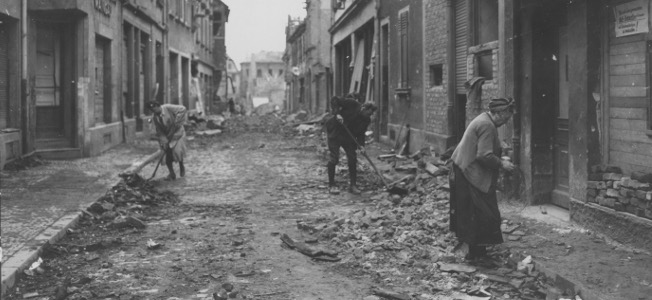
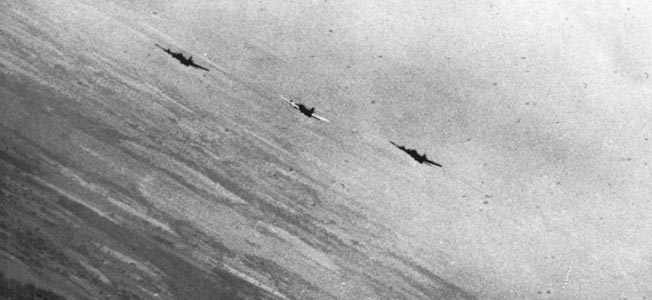
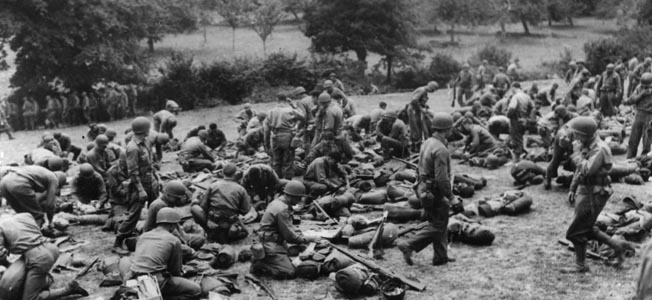
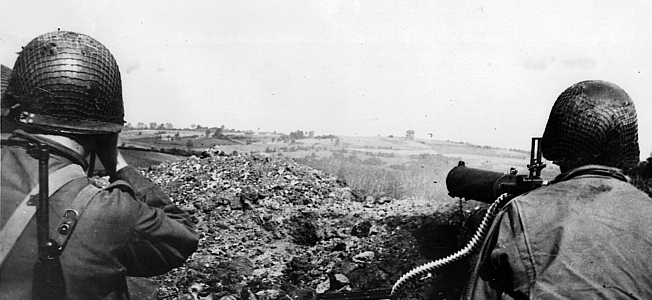
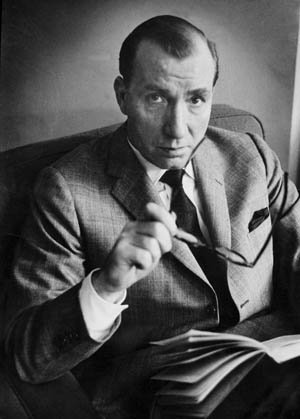
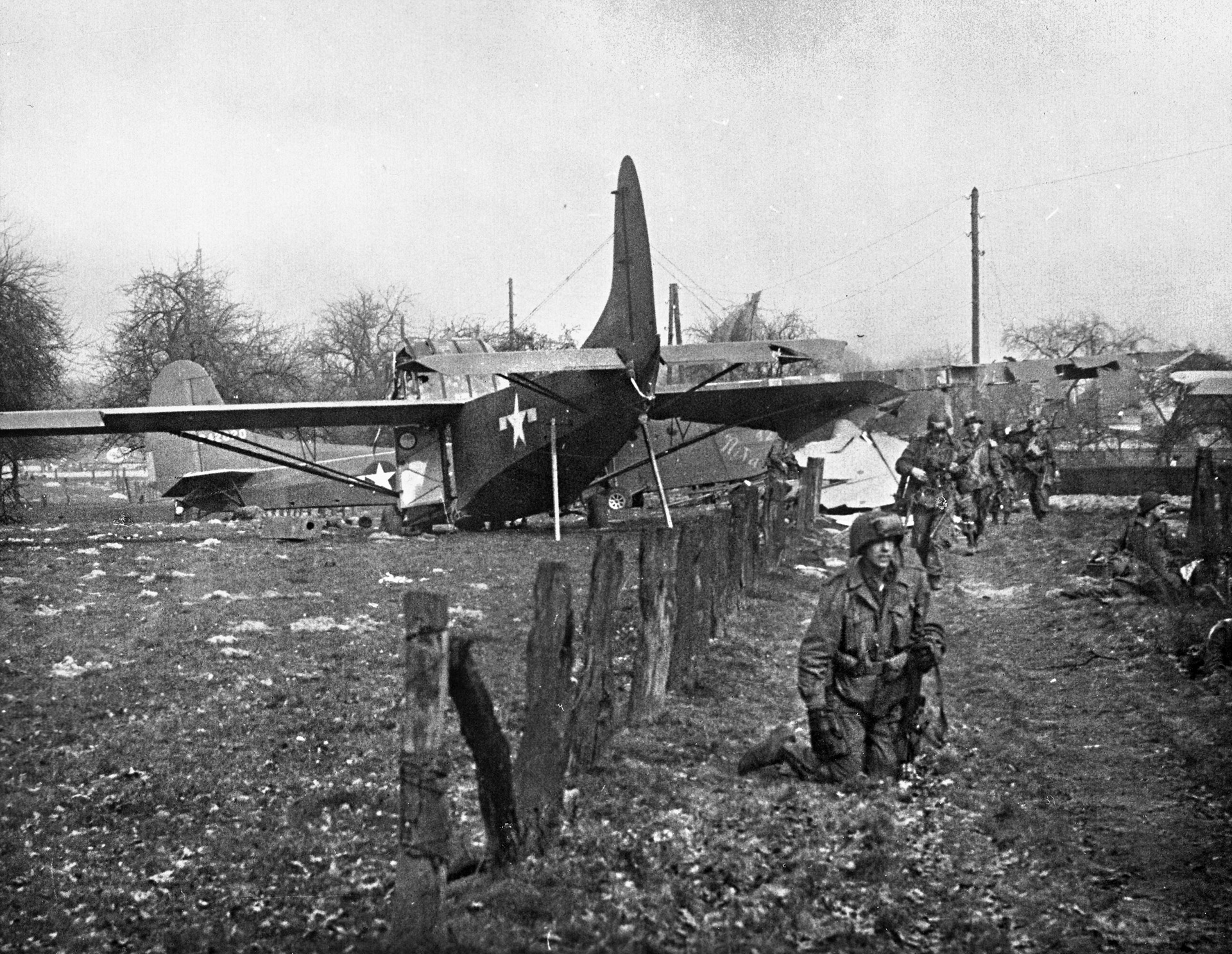
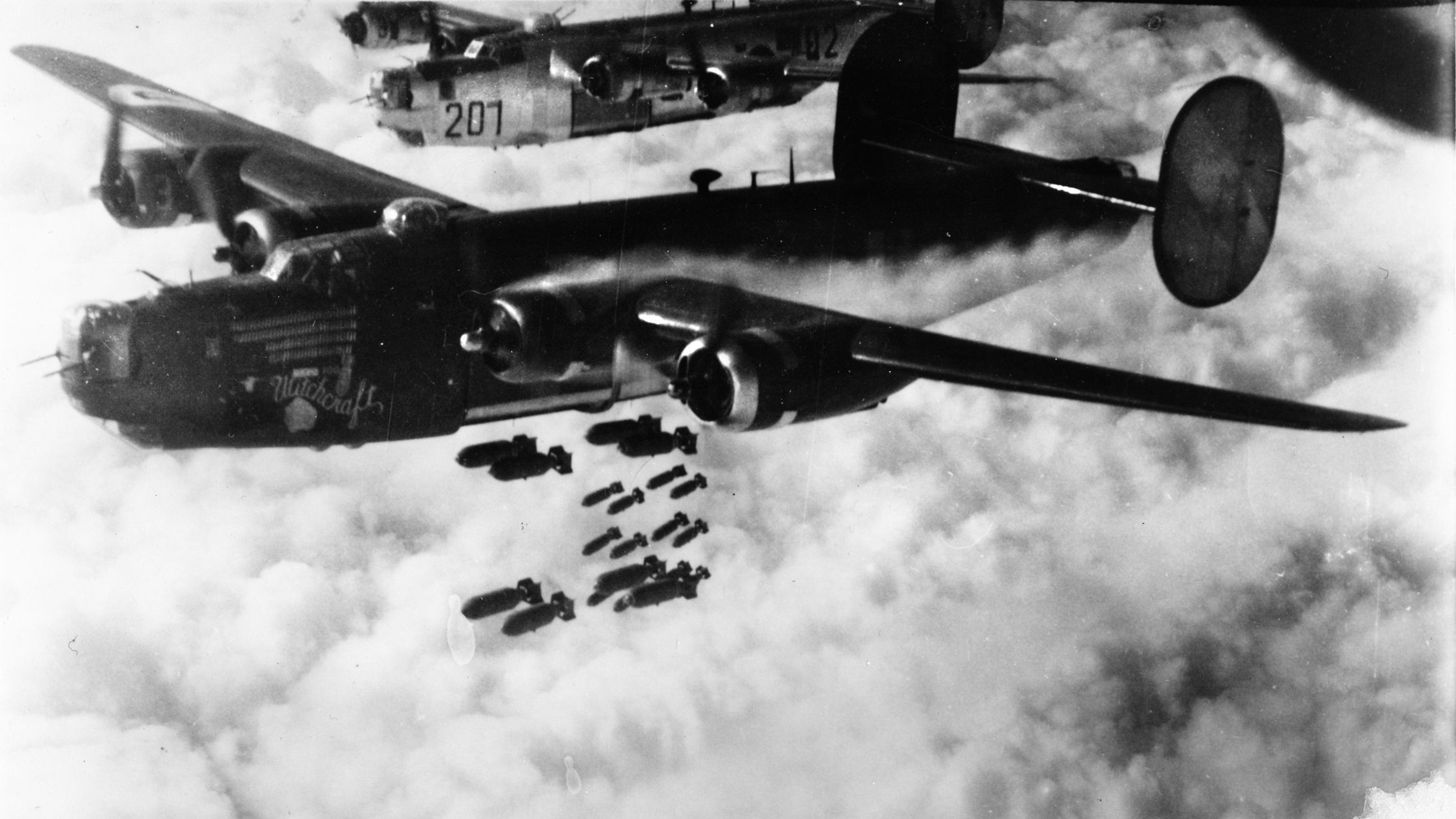

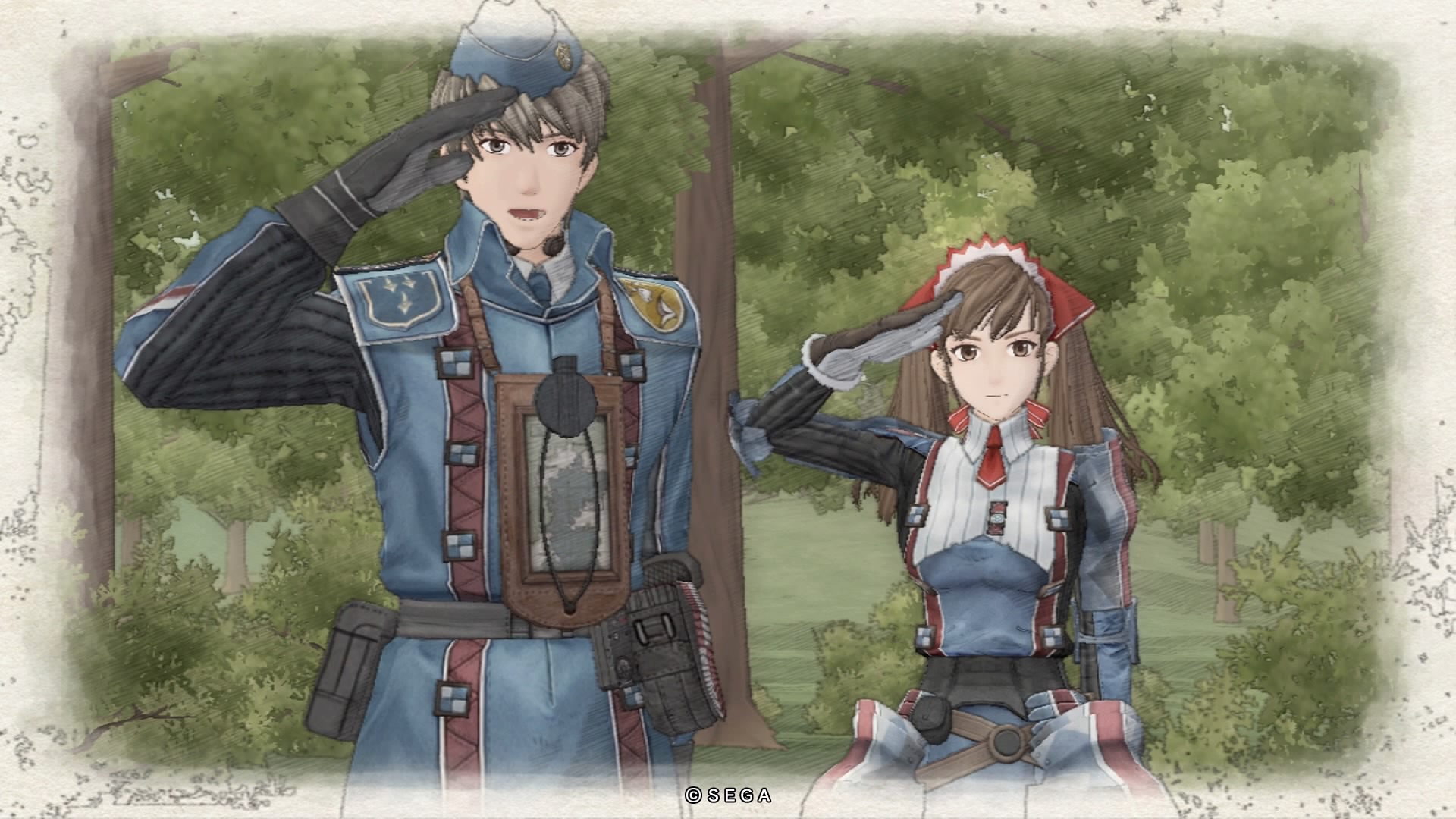
Join The Conversation
Comments
View All Comments